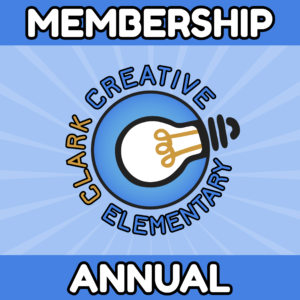 |
| Love all your students. Even the annoying ones. |
The world is getting smaller, we are preparing our students for a global job market, yet many know little about the world. This 21st Century Math Project intends to help! Do you want to grow globally aware citizens in your math classroom? Would you like students that have an understanding of proportions, ratios and percents? Do both in this meaningful math project that may change the worldview of some in your classroom.
Name: Combating Poverty & Microloans – International Project
Suggested Grade Level: 7-12 (Pre-Algebra skills)
Math Concepts: Proportions, Ratios & Percents, Basic Operations
Interdisciplinary Connections: Global Studies, Economics, Currency Conversion, Finance, Social Studies
Teaching Duration: 3-4 Days (can be modified)
Cost: $6 for a 23 page PDF (2 assignments and 1 project with answer key)
PDF Version: Combating Poverty & Microloans @ TPT
The Product: Students will assess cases of four microloan applicants and calculate a repayment schedule and monthly payments. Students can research actual applicants on KIVA.org, choose an applicant and present their choice to the class.
 |
| You mean, there are other countries outside the United States |
In this 21st Century Math Project, students will use the skills of ratios, proportions and percents to solve authentic global problems. While the mathematical rigor can be used in an Algebra 1 or high school test prep class, this mostly fits as a middle school math project. Through Fair Trade and Microlending, students are immersed with problems that are not only practical for math content, but are ripe for a collaboration with your social studies department!
As a teacher at an international school, finding authentic global connections is the goal. Unfortunately, at this point there isn’t a ton of resources available for a math teacher so you have to make it yourself! I was directed to KIVA.org by a community contact with our school and saw endless mathematical possibilities. If you don’t know what a Microloan is, this is the excerpt I wrote into the assignment to help students understand (and teachers!)
Microloans are a financial service that involves loaning small amounts of money to the poor. These are individuals that do not have access to banks and have little or no credit. The recipients can then invest in business, basic household needs, or education and repay the loans back with interest. The largest Microloan organization, Kiva, has administered over 250 million loans and currently boasts a repayment rate of 99%.
 |
| Doing something global? I’m going to miss the worksheet, after worksheet after the worksheet. |
In order to get the maximum impact of the assignment, I created two assignments that lead up to the project. These assignments practice the necessary mathematical skills and help students get a firm grasp of the global picture.
— “If the World Were a Village” — using proportions, ratios and percent, students use authentic statistics to shrink our entire population down to 100 people (a twist on a commonly shared piece of data). If proportions were the same, who would be in the village? Find out and discuss some of the most surprising findings after.
— “Fair Trade” — students look at price differences between products that are certified fair trade and those that are not. They will calculate the percentage increases. Is Fair Trade worth it? They will decide.
— “Microlending” — students will evaluate four applicants for a microloan from around the world. They will help determine monthly payments and when to pay off the loan. Starting with proportions, this starts the students on their path to thinking about break-even points and linear equations in a practical context
 |
| So how can we take action as a class in the global community? |
EXTENSION: If you ever wanted a 21st Century Math Project that could lead to an extended project this is it. Microloans can be made for $25. I have set up an account that I use for my classes and each year, each class can determine a loan. Of course not every teacher is read to toss dollars into making this happen, but there is no reason a couple students in your class couldn’t set up a fundraiser – or you ask each student to bring in a dollar.
Many districts highlight students who are active in service projects and this is a great opportunity to model it as a class and show how an individual can take action on a global issue! If you don’t do it, some of your students might anyway.
While in the big picture, this 21st Century Math Project might be a small thing, but you never know what your students will latch onto and remember forever! What could be better than this?


